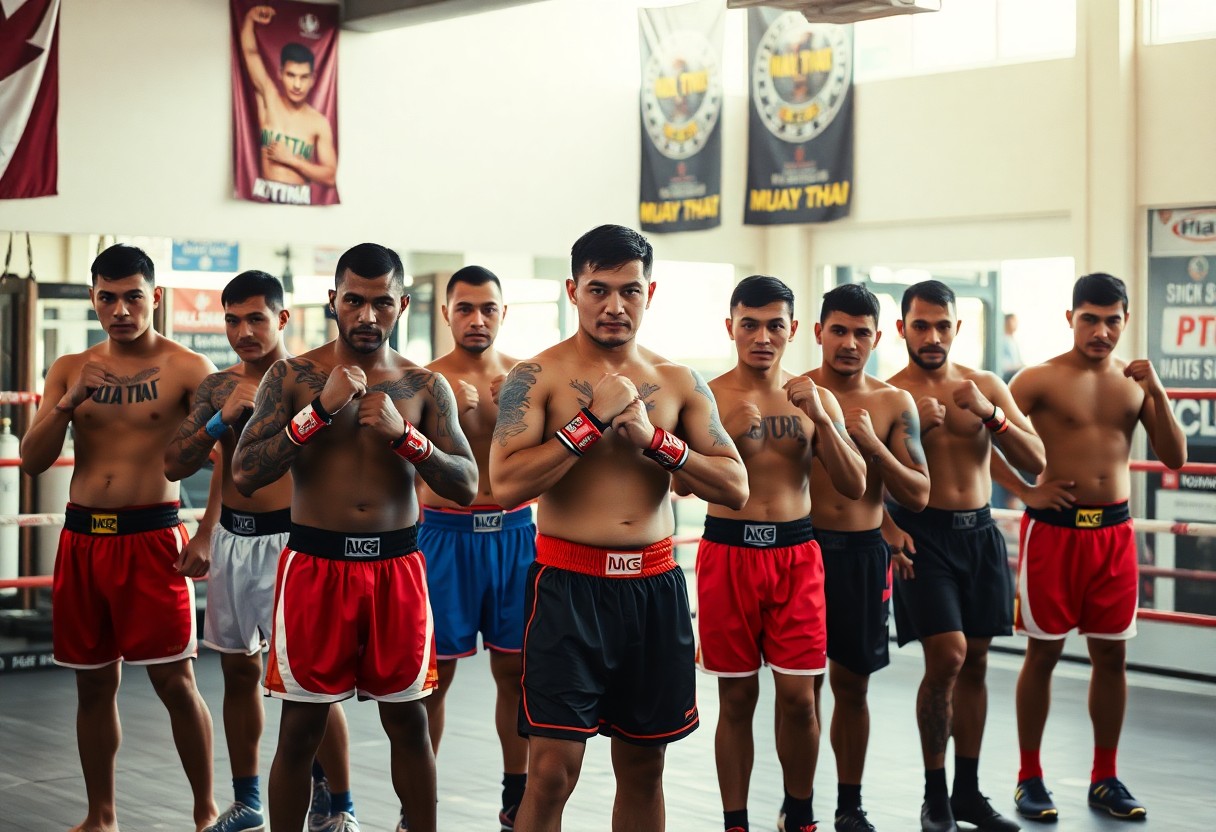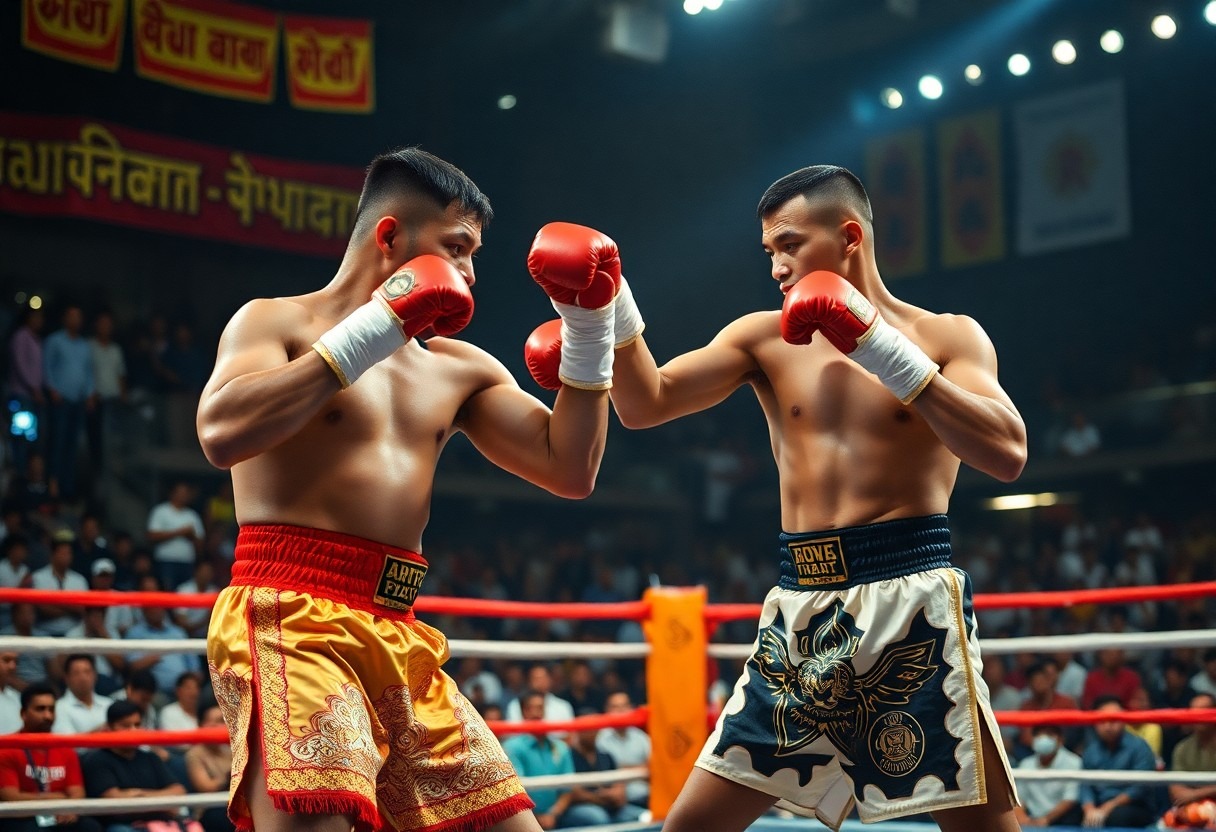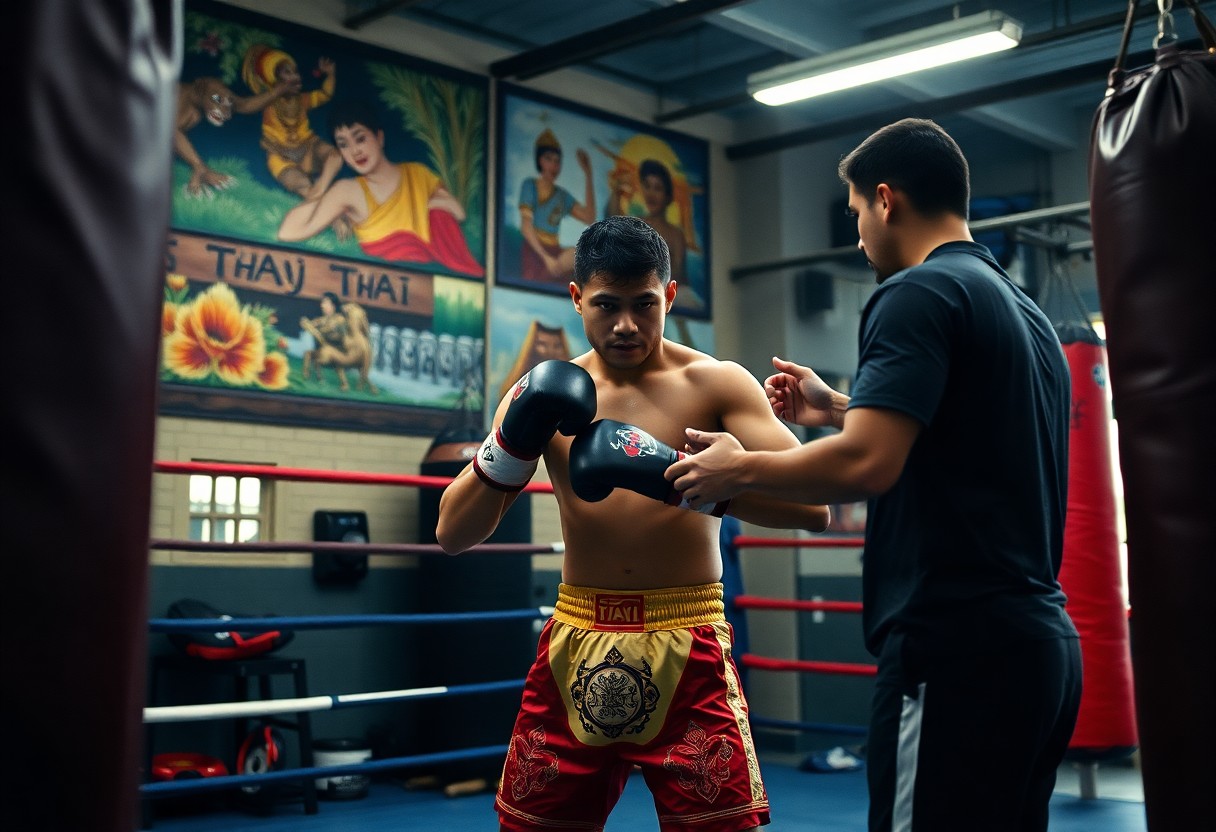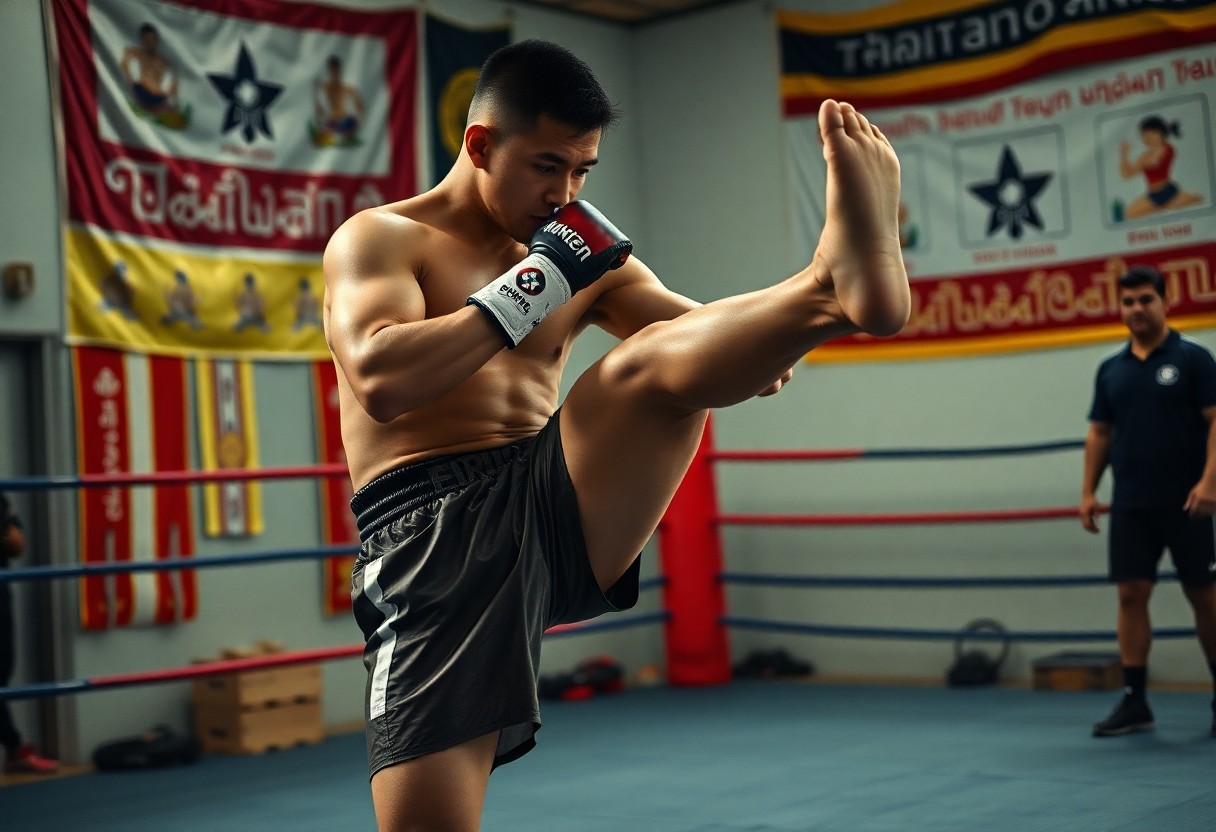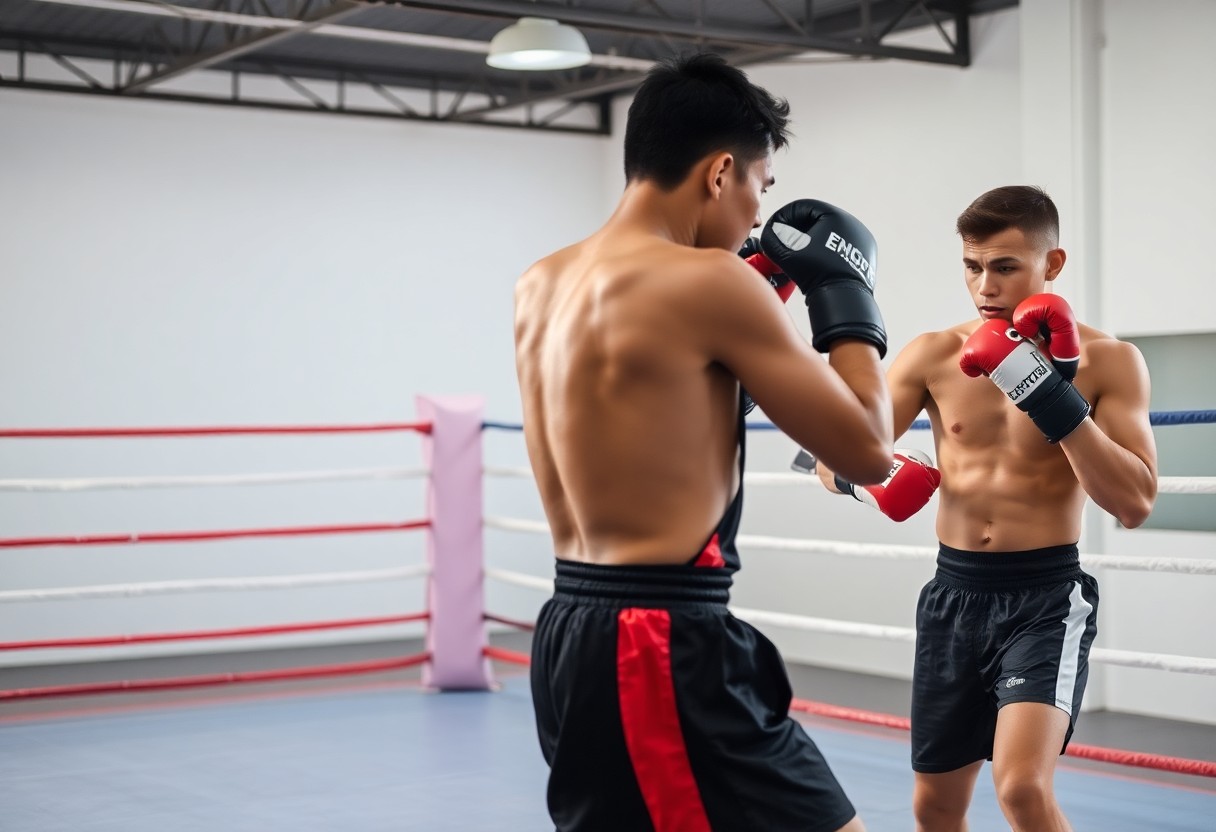
Just like any martial art, understanding the nuances of Muay Thai and kickboxing can elevate your training experience. Both striking arts offer unique techniques and benefits that can enhance your skill set. In this post, you will explore the key differences and similarities between Muay Thai and kickboxing, helping you decide which discipline aligns with your fitness goals and interests. Whether you are considering a new workout regime or looking to deepen your knowledge, this guide will provide valuable insights into these dynamic combat sports.
Historical Background
Your journey into the world of striking arts often begins with the rich historical backgrounds of Muay Thai and Kickboxing. Both sports have deep-rooted traditions, influenced by their respective cultures and histories. Understanding these origins not only enhances your appreciation of the techniques and rules but also allows you to connect more deeply with the practice itself.
Origins of Muay Thai
Against the backdrop of ancient warfare, Muay Thai emerged as a combat skill in Thailand, evolving from military training techniques. Initially, it was a practical means for soldiers to defend themselves on the battlefield, utilizing fists, elbows, knees, and shins. Over centuries, it transformed into a respected sport, incorporating rituals and traditions reflective of Thai culture.
Origins of Kickboxing
Above the traditional striking arts, Kickboxing developed from a fusion of Eastern martial arts and Western boxing. In the mid-20th century, this hybrid approach gained popularity, particularly in the United States, as fighters sought to create a more versatile approach to striking that encompassed both kicks and punches.
Considering the origins of Kickboxing, you can see how it borrows elements from Karate and Thai boxing, synthesizing them with boxing to create a distinct sport. The combination of techniques allows for a dynamic and engaging fighting style, appealing to both practitioners and spectators alike. This blend not only diversifies the skillset of fighters but also enhances the excitement during competitions.
Techniques and Striking Styles
If you’re looking to compare Muay Thai and kickboxing, understanding their techniques and striking styles is key. Both martial arts emphasize striking, but they utilize different approaches and tools, which influence their effectiveness and applications in various scenarios, including combat sports and self-defense.
Muay Thai Techniques
After watching a Muay Thai match, you may notice the combination of various strikes, including punches, kicks, elbows, and knees. Known as the “Art of Eight Limbs,” Muay Thai allows you to utilize more points of contact, enabling diverse and powerful attacks that can overwhelm opponents.
Kickboxing Techniques
Muay Thai shares some techniques with kickboxing, particularly with the use of punches and kicks, but has its distinct style. You will primarily focus on punches, front kicks, and roundhouse kicks. Kickboxing emphasizes speed and fluidity, allowing you to effectively mix techniques and maintain mobility within the ring.
Further, kickboxing often incorporates a more Western boxing stance, enabling you to utilize jabs and hooks more effectively. This stance aids in footwork, allowing you to move swiftly and evade attacks, while also focusing on powerful striking combinations. Practicing these techniques will help you find the balance between offense and defense, giving you a solid foundation in this dynamic sport.
Rules and Regulations
You will find that the rules and regulations of Muay Thai and kickboxing differ significantly, influencing how each sport is practiced and competed. Understanding these rules helps you appreciate the unique elements of each martial art, from scoring to allowable techniques.
Muay Thai Rules
Across the globe, Muay Thai enforces a strict set of rules, emphasizing the use of eight points of contact: fists, elbows, knees, and shins. Matches are typically five rounds, with fighters earning points through effective striking and clinching, where they can deliver knee strikes and toss their opponent.
Kickboxing Rules
Muay Thai emphasizes the versatility of striking, while kickboxing primarily focuses on punches and kicks. Matches usually consist of three to five rounds, with fighters winning through a combination of points scored, knockouts, or technical knockouts. Bouts may vary by style—American, European, and other rule sets—each dictating specific regulations on techniques and permissible strikes.
Due to the nature of kickboxing, the rules can vary significantly based on the style adopted. While most kickboxing formats allow punches and kicks above and below the waist, some styles also permit knee strikes, but elbows and grappling are generally restricted. Understanding these differences will enhance your appreciation for the techniques and strategies that define each discipline.
Training Methods
Once again, the training methodologies of Muay Thai and kickboxing reveal distinct approaches tailored to each sport’s unique requirements. While both involve a strong focus on striking, the training regimens vary significantly, emphasizing different techniques, conditioning, and skill development. Understanding these differences can help you choose the right discipline that aligns with your fitness goals and combat sport interests.
Muay Thai Training Regimen
Muay Thai training involves a combination of clinch work, heavy bag drills, pad work, and sparring, all aimed at developing your striking ability and overall fitness. You will also focus on conditioning through strength training and cardio, often incorporating traditional drills that enhance your technique and power. The rigorous training environment fosters discipline and resilience, vital attributes for any fighter.
Kickboxing Training Regimen
Against this, kickboxing training emphasizes a mix of punches and kicks, with a focus on movement and agility. You engage in shadowboxing, bag work, and partner drills to perfect your combinations and footwork. This sport often integrates high-intensity interval training (HIIT) for cardiovascular fitness, enhancing your endurance and reaction time during bouts.
This combination of drills not only improves your striking but also builds your overall athleticism. Kickboxing training typically includes agility ladders, jump rope exercises, and circuit training to develop quickness and strength. By consistently practicing these methods, you’ll notice significant improvements in your speed and technique, giving you a well-rounded skill set for competition or fitness purposes.
Competitive Scene
Unlike many other combat sports, both Muay Thai and kickboxing feature vibrant global competitive scenes. You will find opportunities to compete at various skill levels, from amateur to professional, with events hosted worldwide. Each sport boasts its own set of rules, promotions, and governing bodies that cater to fighters with different backgrounds and styles.
Muay Thai Competitions
Beside the traditional bouts held in Thailand, Muay Thai competitions have proliferated across the globe, encouraging the sport’s rich heritage. These events often follow the rules set by organizations like the World Muay Thai Council (WMC) and the International Federation of Muay Thai Associations (IFMA), often emphasizing the sport’s cultural aspects along with the fighting skill.
Kickboxing Competitions
Below kickboxing offers a wide variety of competitions, ranging from amateur leagues to prestigious promotions like Glory and Bellator. You can find events that follow different rule sets, such as American kickboxing or K-1 regulations, tailored to accommodate various fighting styles and skill levels.
This variety in kickboxing competitions allows you to explore different formats, styles, and rules. Many events emphasize both striking prowess and athleticism, making the competitive atmosphere dynamic and exciting. With a growing number of promotions, there are frequent opportunities for you to engage, whether you are a beginner or an aspiring professional fighter.
Key Similarities
All martial arts share fundamental principles, and both Muay Thai and kickboxing are no exceptions. They focus on striking techniques, agility, and physical conditioning, creating a solid foundation for self-defense and competitive sports. In addition, both disciplines promote mental toughness and discipline, vital for your growth as a martial artist. You will find that the camaraderie and community aspect of training in either style are remarkably similar, fostering social connections among participants.
Common Techniques
Similarities exist in the striking techniques employed by both Muay Thai and kickboxing. You will notice the use of punches, kicks, knees, and elbows, allowing you to develop versatility in your fighting arsenal. Both styles emphasize footwork and positioning, enhancing your ability to evade strikes while delivering powerful attacks. Moreover, the emphasis on conditioning and timing in both disciplines creates a well-rounded fighter capable of adapting to various situations.
Training Goals
An vital aspect of both Muay Thai and kickboxing is the focus on improving your physical fitness and combat skills. You likely aim to build strength, agility, and endurance, which are vital for success in either discipline. Your training includes not only technique but also drills that enhance your cardiovascular fitness and flexibility, contributing to your overall well-being.
This emphasis on training helps prepare you for competitions as well as personal growth in martial arts. You will work on refining your striking, developing timing and distance control, and learning how to integrate various techniques seamlessly. Both sports also encourage you to set personal goals and track your progress, ensuring that you remain motivated throughout your journey in martial arts.
Summing up
With this in mind, understanding the key differences and similarities between Muay Thai and kickboxing will enhance your martial arts journey. Both sports emphasize striking techniques and offer unique benefits, but they differ in their rules, techniques, and cultural origins. By recognizing these distinctions, you can make informed choices about which discipline aligns best with your goals, whether you’re focused on fitness, self-defense, or competition. Ultimately, exploring the nuances of each sport can enrich your practice and broaden your skills in the world of striking arts.

